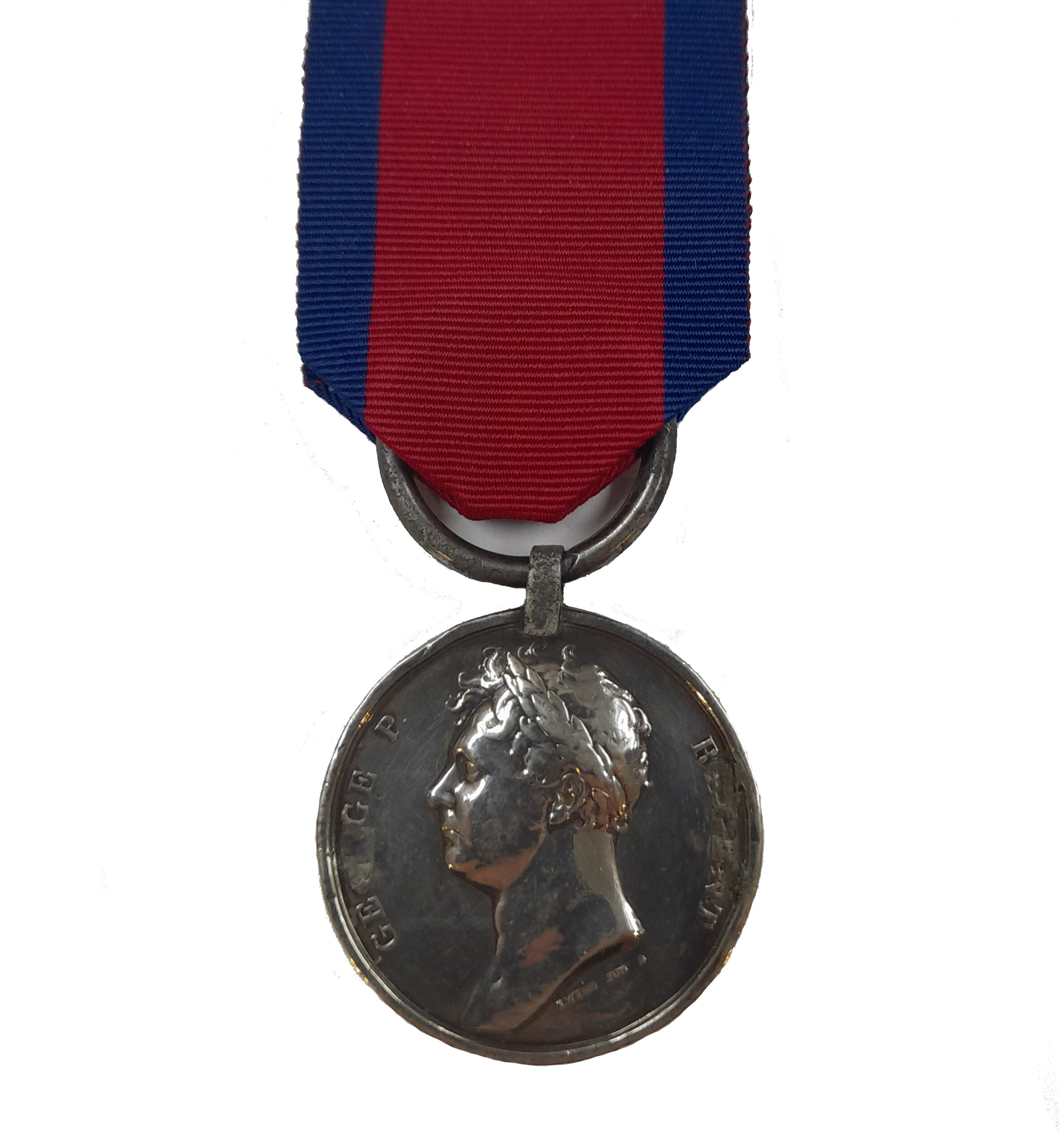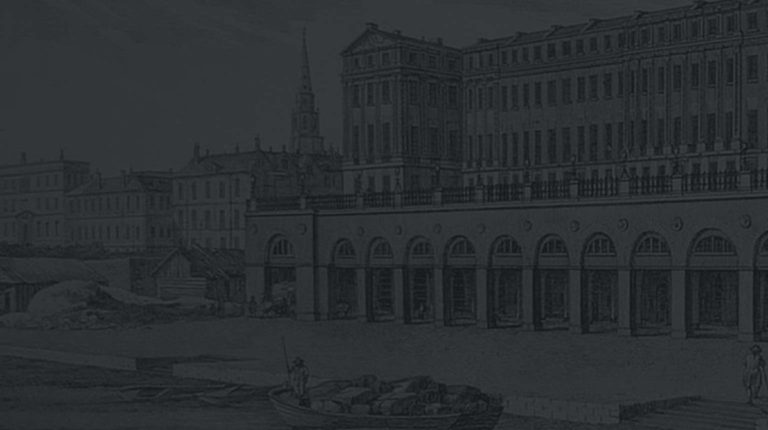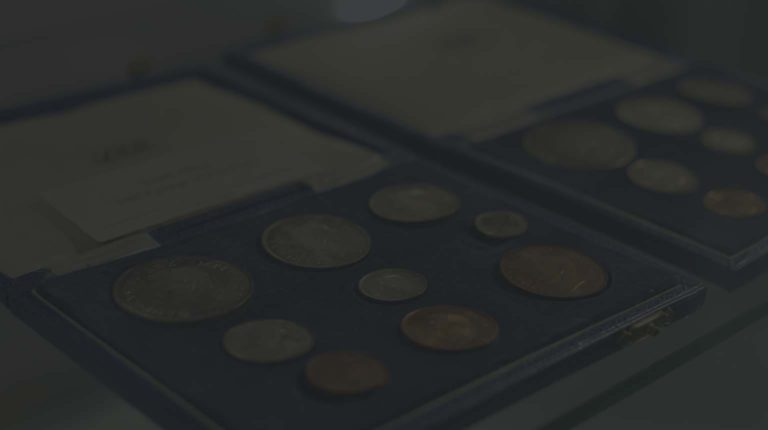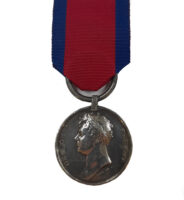Description
The Waterloo Medal awarded to William Campbell who went to Spain in 1812 and was engaged at Bayonne and wounded in the Side. He was at the storming of St. Sebastain in the same year and was wounded in the shoulder. He returned to England in 184, went to Flanders in 1815 and was at Waterloo in Lieutenant Colonels the Hon. J.H. Stanhope’s Company where he was wounded in the neck by a musket ball. He joined the Army Paris Camp and returned to England from Cambray in 1817, comprising, Waterloo Medal 1815, clip and ring suspension (William Campbell. 3rd Batt. Grenad. Guards.), brooch marks to obverse, edge knocks, otherwise fine.
William Campbell who went to Spain in 1812 and was engaged at Bayonne and wounded in the Side. He was at the storming of St. Sebastain in the same year and was wounded in the shoulder. He returned to England in 184, went to Flanders in 1815 and was at Waterloo in Lieutenant Colonels the Hon. J.H. Stanhope’s Company where he was wounded in the neck by a musket ball. He joined the Army Paris Camp and returned to England from Cambray in 1817,
At the Battle of Waterloo on the 18th of June 1815 the 2nd and 3rd Battalion of the 1st Foot Guards were deployed on the reverse slope of the Mont St. Jean Ridge, forming the centre-right of Wellington’s line. Meanwhile their Light Companies under Lord Saltoun, held the orchard adjacent to Hougoumont Farm and were pivotal in its defence. At 16.00 the 2nd and 3rd Battalions formed square to repel a succession of charged by elite French Cavalry Regiments, notably the Red (Dutch) Lancers and the Imperial Guard. The 1st Foot Guards faced their greatest challenge at 22.00, when Napoleon committed his formidable Imperial Guard Infantry in a last bid for victory. The Imperial Guard had never been beaten before: when the French army saw their famous bearskins, they flet sure Wellington’s line would collapse.
As the Imperial Guard ascended the ridge, Wellington gave Maitland the famous order “Now Maitland, now; s your time!:, whereupon both Battalions of the 1st Foot Guards sprang up from their prone positions and delivered a series of devastating volley. The Imperial Guard faltered for the first time in its proud history. Its Battalions attempted to form line in order to return fire, but a perfectly timed flanking movement by the 52nd (Oxfordshire) Light Infantry broke their formation. A battery of Dutch Foot Artillery meanwhile poured canister into the wavering mass. The order “La Garde Recule!” went round followed by cries of “sauve qui peut” as the French Army’s morale collapsed. The allied pursuit did not stop until Paris!!
The 1st Foot Guards were awarded the title “Grenadier Guards” by the Prince Regent and as such are the only British Regiment whose name derives from a feat achieved in Battle. The 3rd Battalions casualties at Quatre Bras on the 16th of June 1815 were 1 officer killed, 6 wounded with 19 other ranks killed and 235 wounded, at Waterloo two days later they suffered 3 officer killed, 6 wounded with 81 other ranks killed and 245 wounded.
Sold with copy Service Papers, copy Medal Roll, William Campbell is the only man by this name on the Waterloo Roll. He is also entitled to a Military General Service Medal with 2 clasps.




